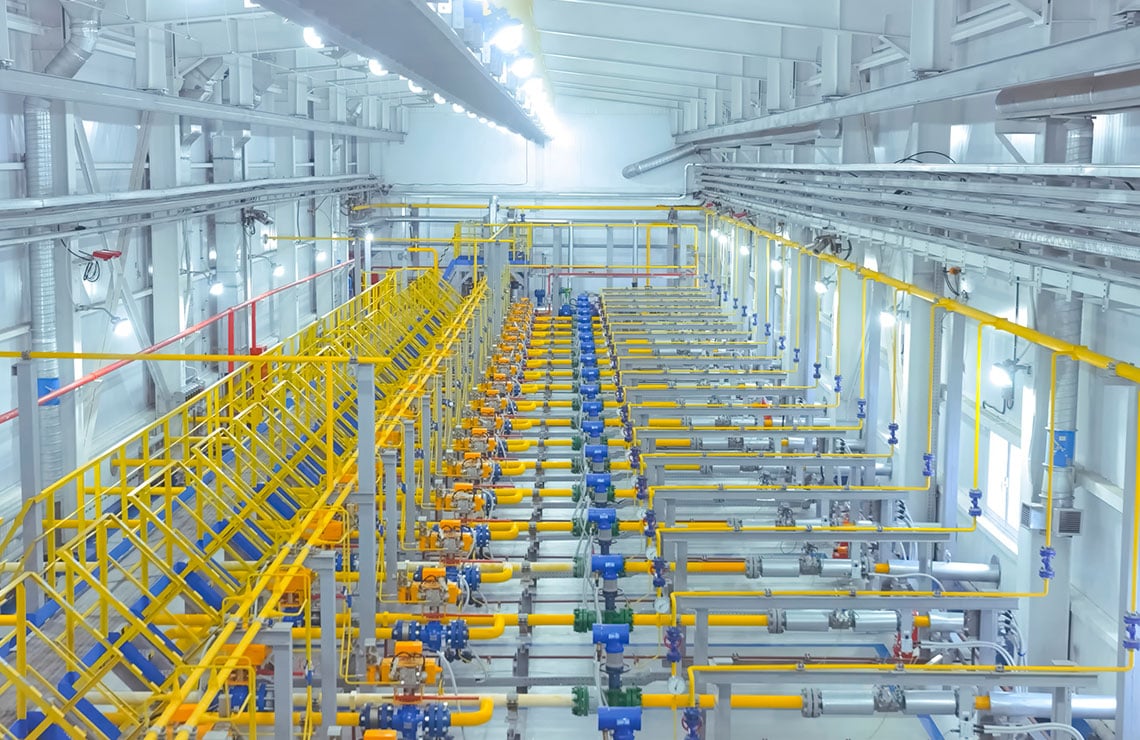
These systems go beyond traditional alerts and maintenance schedules. They harness data, analytics, and predictive capabilities to maintain process integrity and reduce human error. Whether in chemical plants, power generation, food processing, or water treatment, the integration of automated health systems into control and safety architecture is rapidly becoming a best practice.
What Are Automated Health Systems?
Automated health systems refer to hardware and software solutions embedded within industrial environments that continuously monitor the performance, condition, and safety of control components. These may include sensors, smart transmitters, diagnostics software, or integration with Distributed Control Systems (DCS), Safety Instrumented Systems (SIS), and SCADA Systems.
These systems track variables such as pressure, flow, temperature, and valve movement. They detect deviations, generate alerts, and, in many cases, recommend or trigger corrective actions. With consistent, real-time visibility into asset performance, teams can reduce unplanned downtime, optimize maintenance windows, and improve compliance.
Explore how Proconex supports advanced Control and Safety Systems for critical industries.

Key Benefits to Industrial Control Infrastructure
-
Proactive Maintenance and Reduced Downtime Manual maintenance schedules are reactive by nature; they often fail to detect degradation until after a failure occurs. Automated health systems, in contrast, identify early signs of wear or abnormal behavior. This empowers teams to intervene before issues compromise system availability. Predictive diagnostics help schedule repairs during planned shutdowns, reducing emergency call-outs and preventing cascading failures. This not only saves money but extends the lifespan of critical components.
-
Enhanced Process Safety Industrial processes often involve hazardous materials, high temperatures, and pressurized systems. Safety is non-negotiable. Automated health monitoring ensures that deviations from safe operating ranges are detected and acted upon immediately. By integrating with Safety Instrumented Systems, automated health tools help ensure that safety loops are tested, validated, and functioning. This builds a safety-first culture backed by real-time intelligence.
-
Better Data for Decision-Making With automated health systems continuously gathering operational data, plant teams no longer rely on anecdotal evidence or gut instinct. Instead, they benefit from trends, correlations, and root cause insights that support strategic maintenance and capital planning. This also enhances collaboration between operations, engineering, and leadership by offering a common data foundation. With digital dashboards and remote access, insights are always within reach.
-
Seamless Integration with Digital Transformation Automated health systems align seamlessly with digital transformation initiatives. They act as foundational components of smart plants, Industrial Internet of Things (IIoT), and Industry 4.0 strategies. These systems enable remote monitoring, cloud-based analytics, and even AI-driven failure prediction. They form the backbone of autonomous operations, allowing fewer people to manage larger, more complex operations efficiently.
-
Lower Operational Costs By preventing unplanned downtime, reducing manual inspections, and minimizing catastrophic failures, automated health systems directly impact the bottom line. Energy consumption, labor costs, and emergency service fees are all reduced. Moreover, these systems help prevent fines and liabilities associated with compliance breaches or environmental incidents.

What Are Some Common Applications of Automated Health Systems?
- Valve Position Monitoring: Detects incorrect actuator performance or sticking valves.
- Pump Condition Monitoring: Tracks vibration, heat, and flow to predict failure.
- Heat Exchanger Monitoring: Prevents fouling and thermal inefficiencies.
- Control Loop Diagnostics: Analyzes loop performance for tuning and optimization.
- Safety System Validation: Ensures critical safety components meet standards.
Future Trends in Automation and Health Monitoring
As artificial intelligence and edge computing grow more sophisticated, automated health systems are expected to offer even more refined predictive capabilities. Machine learning algorithms will not just flag symptoms but predict root causes with greater accuracy.
Meanwhile, cybersecure designs are ensuring these systems are not vulnerable entry points for bad actors. The convergence of cybersecurity and control system health monitoring is a growing area of focus.
Choosing the Right Automation Partner
Implementing automated health systems requires more than installing sensors. It demands strategic planning, integration with existing infrastructure, and a clear understanding of operational goals. Proconex provides end-to-end support for deploying Safety and Control Systems that support asset health and process efficiency.
Our team helps customers select the right hardware, implement smart diagnostics, and build architectures that scale. Whether you are retrofitting an older facility or building new infrastructure, we offer deep expertise in automation and safety systems.
In Conclusion
Industrial control infrastructure is the heartbeat of critical operations. Any breakdown in this system can have ripple effects across safety, profitability, and compliance. Automated health systems offer a way to keep that heartbeat strong, steady, and smart.
By embracing proactive monitoring, diagnostics, and integration with digital strategies, forward-thinking organizations are building a more resilient future.
Discover how Proconex can help you enhance reliability and safety with automated control and safety solutions.
Explore Our Safety Systems Solutions
